IF you mention Donatello to a certain age group, the first thought will be Ninja Turtles. Entertainment has moved on since then. Nowadays Donato di Niccolo di Betto Bardi (better known as Donatello) is back on his pedestal, often called the greatest sculptor of the Renaissance.
He was unquestionably there at the start when his field really got going. He didn't do paintings; sculpture was his entire focus. Whether it was low-relief work or "in the round", he was the acknowledged master in his day and influenced all the big names that followed.
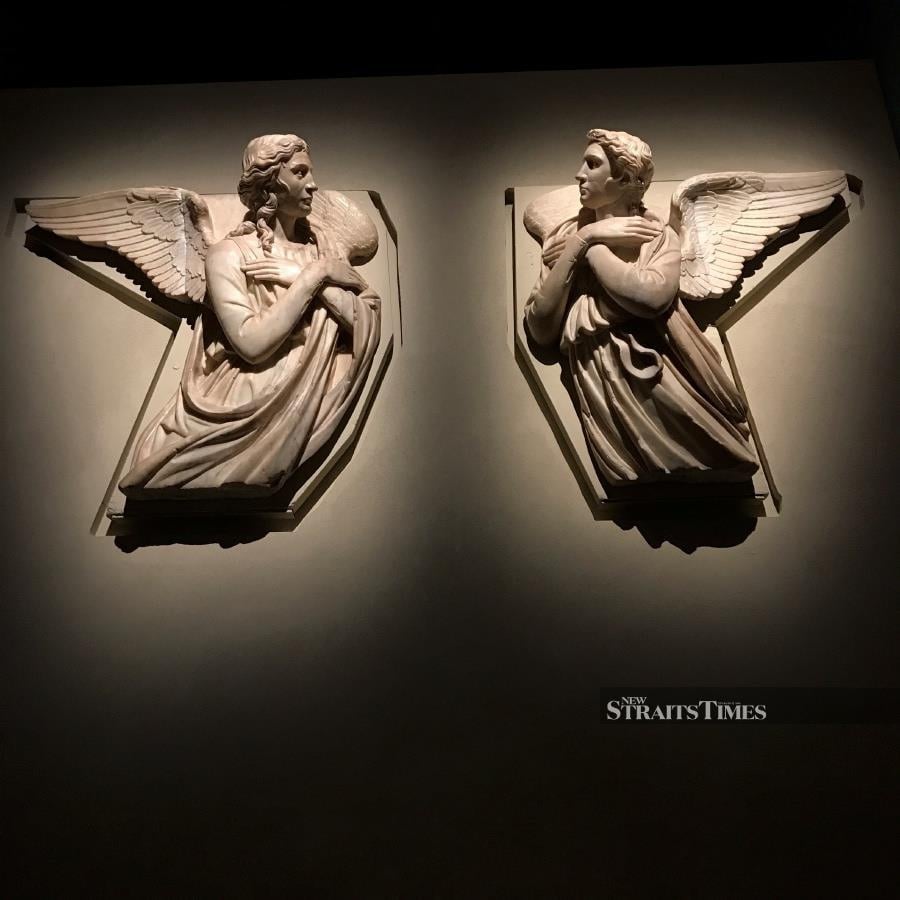
This is the first showing of such a quantity of Donatello's art outside Italy for quite a while. The last time some of these sculptures were shown in the United Kingdom was in 1930.
On that occasion they were brought over by the fascist leader Benito Mussolini as part of an initiative to show the manliness of Italian culture. It can't have been a huge success. The main exhibit was Donatello's bronze statue of David. Over the centuries, it has been considered a bit too young and lithe.

A certain campness now surrounds it. A life-size copy stands in the Victoria and Albert Museum's (V&A) permanent collection, in the shadow of Michelangelo's tougher-looking slayer of Goliath.
Perhaps it's the unlikely wardrobe choice of Donatello's David, attired in nothing but a pair of boots and a hat, that to modern eyes might look anything like a warrior king.
It would have been fun and informative to give museum-goers the chance to see the original and a superb copy side by side. At the same time, it might have left Florence's Bargello Museum without one of its most popular tourist attractions.
ACCLAIMED SCULPTOR
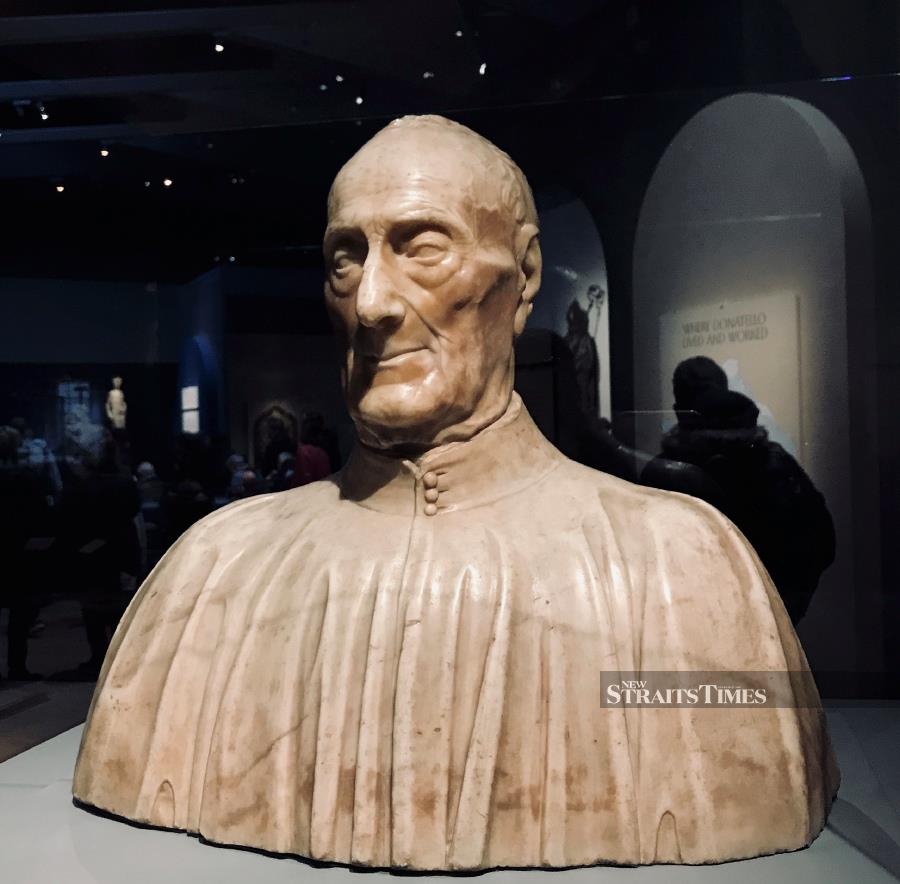
Carvings and castings were Donatello's entire life. Although not all the works in Donatello: Sculpting the Renaissance are by this artist, the V&A has done a remarkable job at reminding us why he was the most acclaimed sculptor of his era.
He broke new ground and revelled in it. The earlier of his two versions of David (1408) has been brought over for the exhibition. At first sight, it might seem unremarkable. This was one of Donatello's earliest commissions, when he was 22 years old.
It is accomplished rather than breathtaking. Then we move on, or would if the label didn't inform us of its status as the first sculpture in the round since the days of ancient Rome.
Donatello's mind moved in unexpected directions. He was probably not a deeply pious man in the way that Michelangelo was. He still managed to work a feeling of devotion into his work. Sometimes the effect is not immediately apparent and occasionally the experts don't even know who he was depicting.
There is more certainty with Donatello's images of the Madonna. There are lots of them here, accompanied by yet more versions by other artists. Several bas-reliefs stand out artistically, rather than physically, and it must be said that there are occasions when removing a devotional work from its original setting gives it more presence without lessening its meaning.
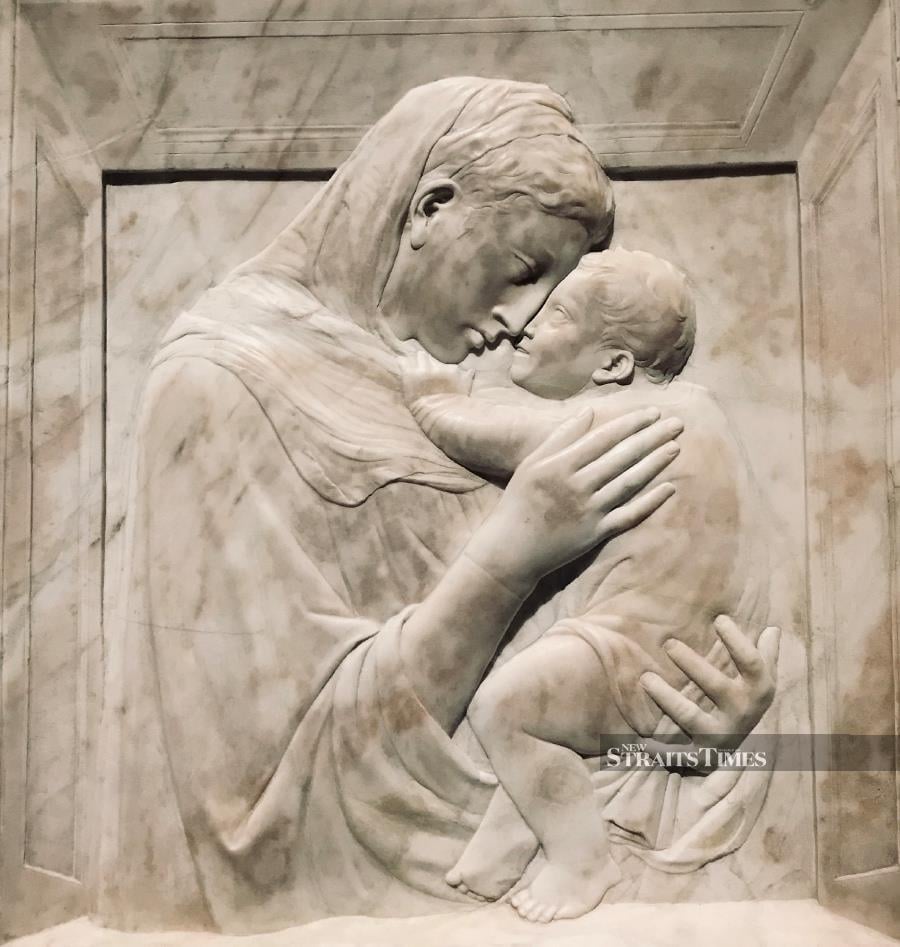
Both the Pazzi Madonna and the Madonna of the Clouds seem light enough to float — despite being made of marble. The former has been brought from Berlin to thrill audiences who might have walked past it if hung in the permanent collection of a 19th century museum — or on the wall of a church.
With the right lighting, the Pazzi Madonna is a sheer delight. As we have been spoiled over the centuries with such images, we once again have to step back and savour the composition.
It has perspective, a radical novelty in 1422. Florence was where this sort of avant-garde approach was happening, largely at the instigation of Donatello's friend and collaborator, Brunelleschi.
Behind the tender mother and child engaged in a warm embrace are the cold lines of geometry receding into the distance. Instead of making the subjects seem remote and unapproachable, they bring them closer to us.
The ancient-Roman features of the Virgin Mary might be expected to create a forbiddingly imperial feel, but once again the sculptor achieves the opposite. Perhaps we are so unused to the idea of tender matrons of that brutal empire, this representation catches us unawares.
CHEEKY PAGAN NAUGHTINESS
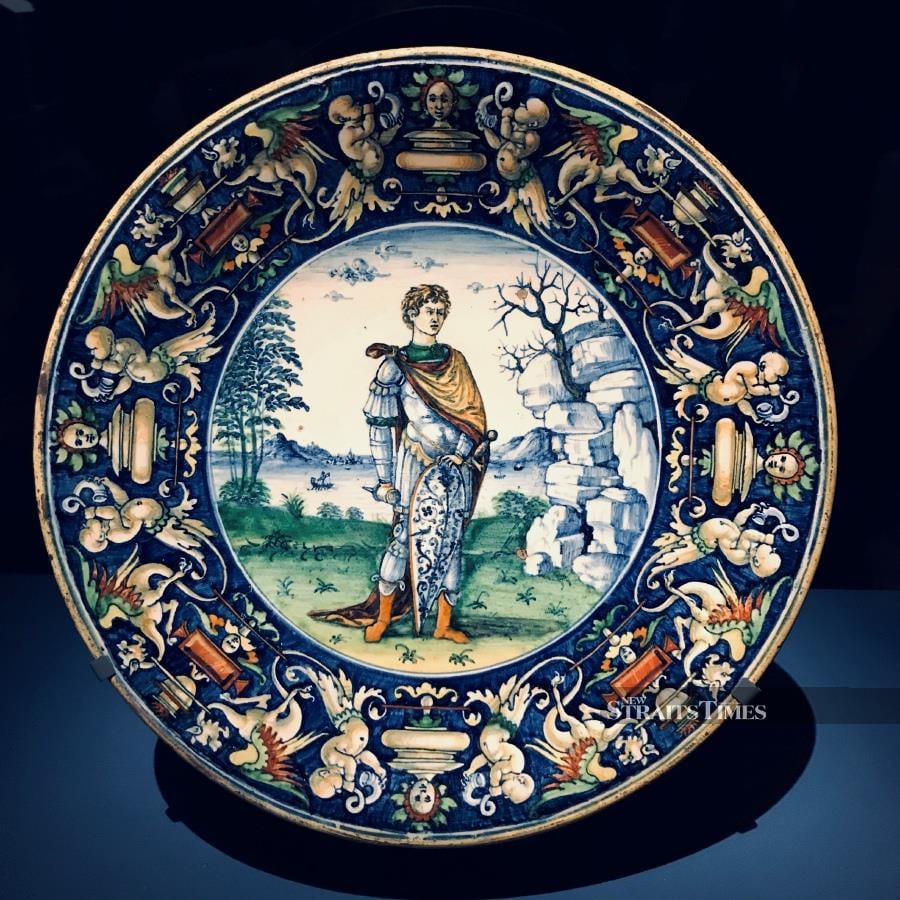
It's carvings like this one that explain why the world's leading museum of decorative art and design was keen to have the exhibition. In a different form, the same show was held in Florence last year. Unusually, it was held in two museums simultaneously there.
It's heartening to see the number of Donatello's works that are permanently housed in the V&A are now being given the exposure they deserve. In addition to top-notch copies such as the bronze David, there are many authentic works in a variety of media.
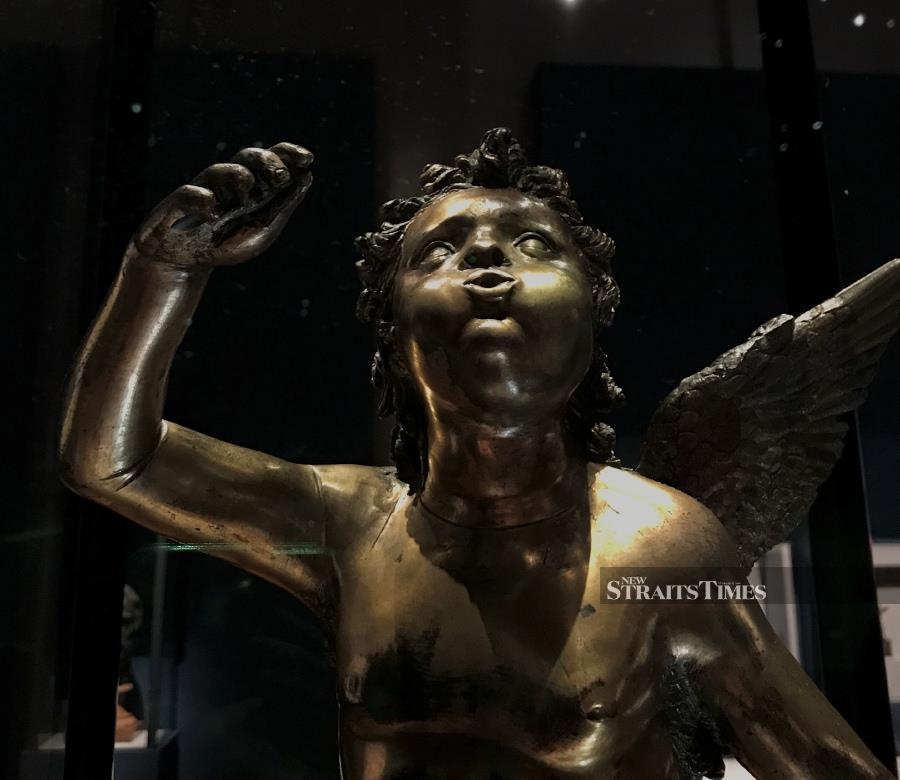
Donatello had a very long career. He lived to be 80, surpassed by Michelangelo who was born a decade later and managed 88 years. Donatello's smaller, more intimate works seem to attract the most visitor interest, especially those with no religious message, but lots of cheeky pagan naughtiness.
They appeal to an audience that has perhaps seen enough of heroic statuary all around them. Many have become contentious in the British public arena, including slave traders and empire buildings.
Even Winston Churchill has been a victim of distaste for national figures. Fortunately, Malaysia has never had much interest in such statues for people to pull down in the modern age.
Follow Lucien de Guise at Instagram @crossxcultural.
Donatello: Sculpting the Renaissance
Where: Victoria and Albert Museum, London
When: Until June 11, 2023.
Visit London and book a room at cheaper rates using Agoda Discount Code.





